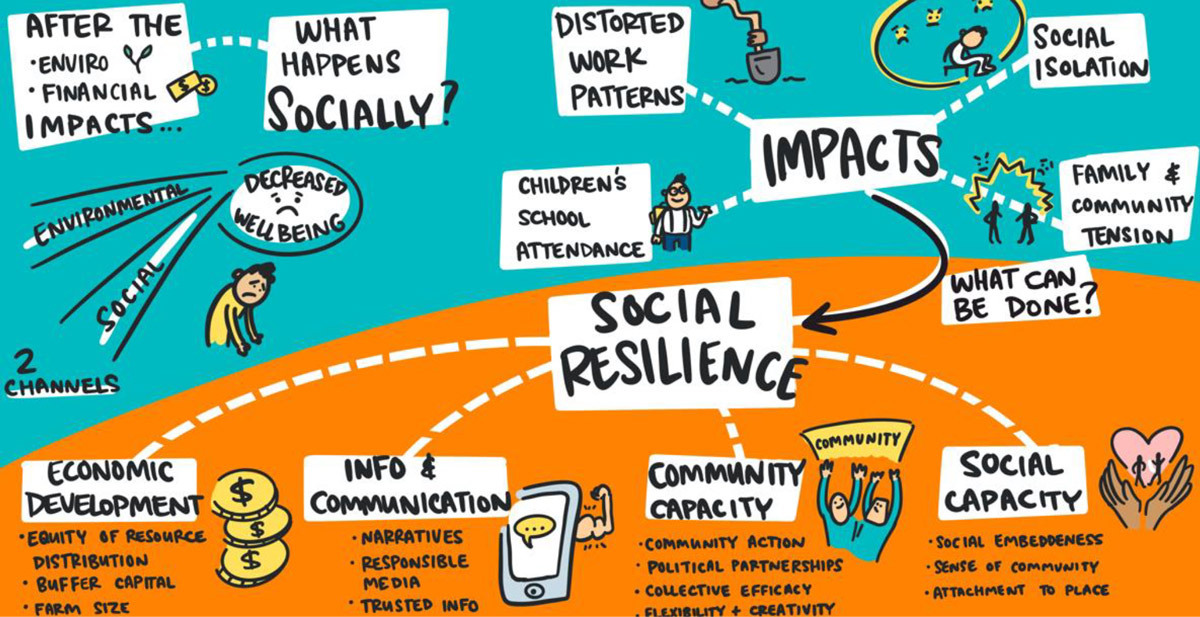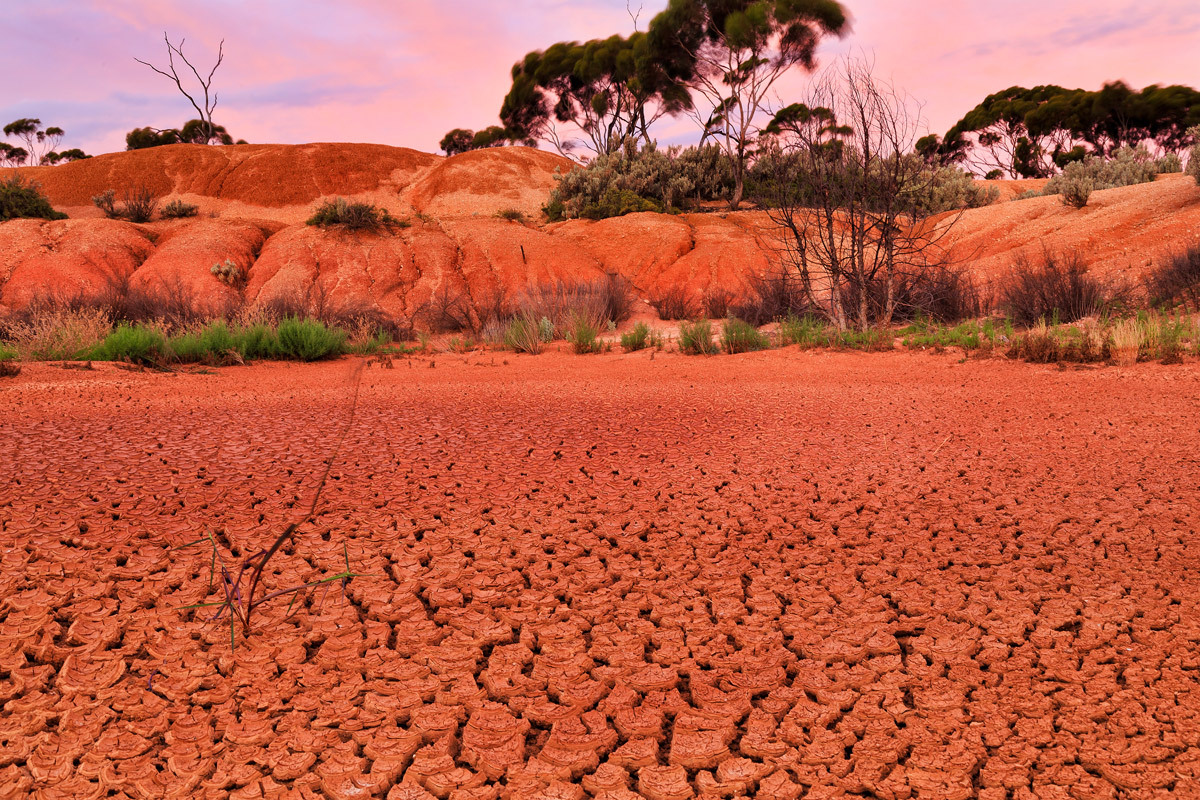Understanding the social impacts of drought


The 'Understanding the Social Impact of Drought Report' provides a comprehensive review of the evidence around the social impacts of drought and factors which may mitigate the adverse social impacts.
This report also presents an overview of the factors which make a community more resilient to drought, and factors which make a community more vulnerable to drought.
Drought as a socio-economic phenomenon
The emphasis is on the impact that a lack of precipitation has on human activities at the individual, household, and community level. Research evidence suggests a key driver by which drought affects social outcomes (including significant health and well-being impacts) is the economic channel. But drought itself also directly impinges on social outcomes and there are significant indirect economic consequences from the various first-round social consequences.
The more severe the drought, the larger the social and economic impacts for farming families and local communities. The immediate and medium term direct and indirect social impacts of drought are diverse covering dimensions such as employment, education, out-migration, family relationships, mistrust of government, uncertainty over the future and community resources, and support systems. All these factors either directly or indirectly impact on health and wellbeing: physical, mental, social, and emotional wellbeing.
What makes a community more resilient and less vulnerable to drought?
Taking actions to increase both individual and community level resilience is essential to managing drought in rural communities.
Individual resiliency is impacted by:
- personal (e.g., gender, attitude, perspective)
- community (e.g., social and community support, service access)
- business (e.g., role diversification, succession planning) factors.
Community resiliency, or the ability of a community to deal with adversity, involves recovery after collective and personal trauma through the use of mediating social, physical, economic and environmental resources.
Drought vulnerability is a function of three major drivers:
- exposure to drought
- the sensitivity of the community
- the adaptive capacity of the community
Vulnerability assessments aim to identify vulnerable groups within a community and to determine ways to make the affected population less vulnerable, or more resilient with strong adaptive capacities through identifying underlying causes of risk. Dimensions related to social, economic, physical, crime and conflict, governance, environment and farming practice are deemed important factors to be measured as part of a vulnerability assessment and allow for drought management strategies to be based on risk management.
Recommendations to mitigate the social impact of drought in rural communities
Social impacts of drought and methods to increase community resilience are illustrated in the following figure.

The following summary recommendations have been made to mitigate the social impact of drought in rural communities:
- Availability and quality of Infrastructure
- Good governance
- Population retention
- Increase local support service networks
- Strengthening community social networks and social capital
- Early recognition and effective response to poor mental health
- Mapping government funded program outcomes against resiliency and vulnerability frameworks

